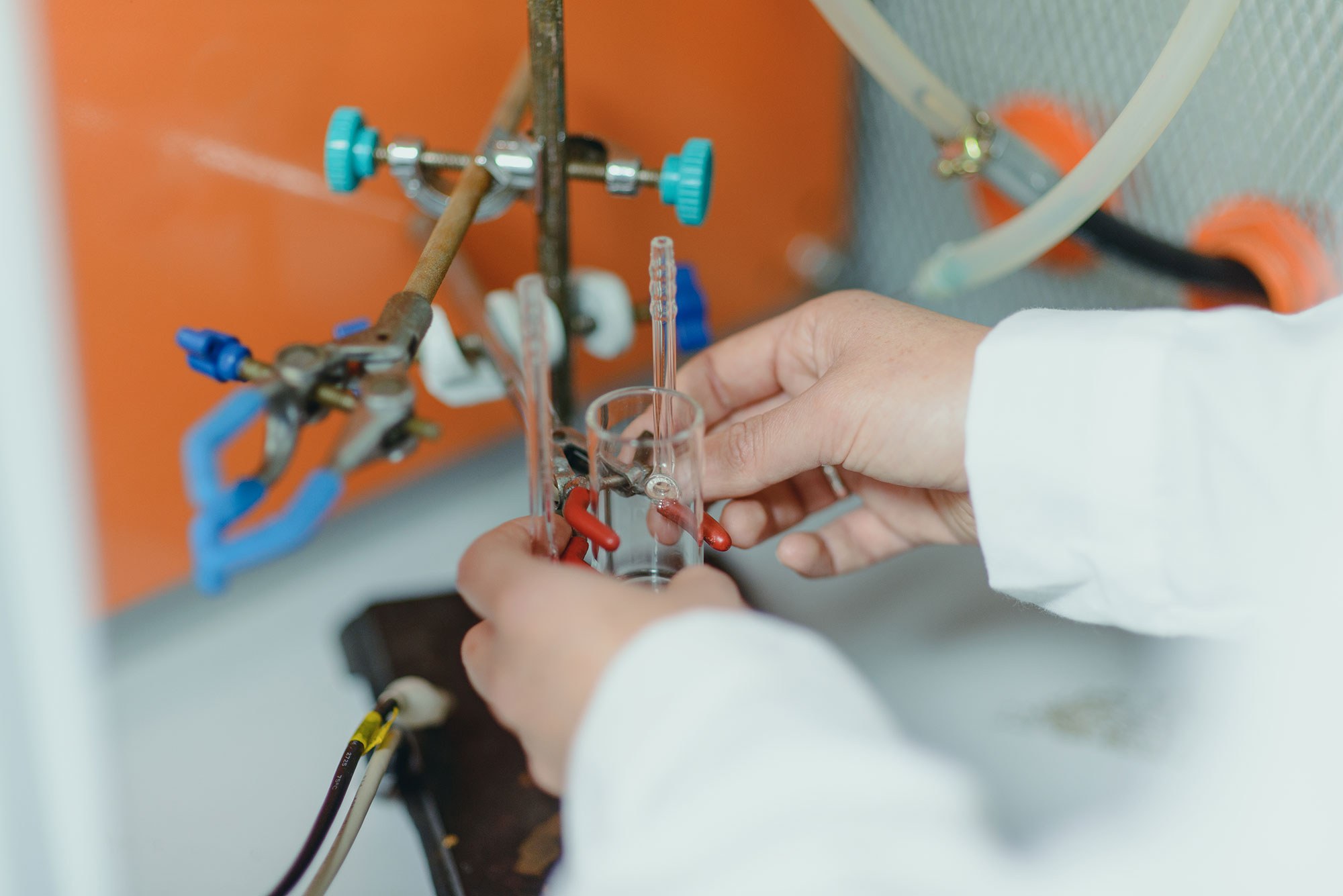Rojas-Nunez, J., Valencia, F., Gonzalez, R. I., Bringa, E. M., Allende, S., Palma, J. L., Pereira, A., Escrig, J. & Baltazar, S. E. (2019). Mechanical performance of lightweight polycrystalline Ni nanotubes. Computational Materials Science, 168, 81-86. https://doi.org/10.1016/j.commatsci.2019.05.062
Abstract: The mechanical properties of metallic nanowires and nanotubes were investigated using atomistic molecular dynamics simulations on Ni polycrystalline structures, similar to those experimentally obtained by Atomic Layer Deposition. We studied the response of nanostructures under uniaxial deformations with different thickness, geometry, and crystalline degree. Plastic deformation is due to stacking fault and coherent twin boundary formation, and to grain boundary activity. Different fracture processes are obtained from these systems, being the thin nanotubes failing thanks to a mix of brittle failure by grain boundary decohesion and ductile fracture due to significantly more twins than with a thicker nanotube and nanowire during the ductile fracture. The stress-strain curves, atomic displacements, and defects formation were analyzed, finding that nanotubes with a fraction of the volumetric mass have practically the same Young modulus and ultimate tensile stress, while fracture strain is slightly larger for nanowire. From all these studied cases, it is remarkable the result where ultra-thin nanotubes can withstand a 21% of tensile stress-strain with a similar yield strength than nanowires, but with a volumetric mass reduction of 60%, offering a lightweight alternative to design mechanical nanodevices with minimal loss of mechanical performance.
Rafael González
rafael.gonzalez@umayor.cl


